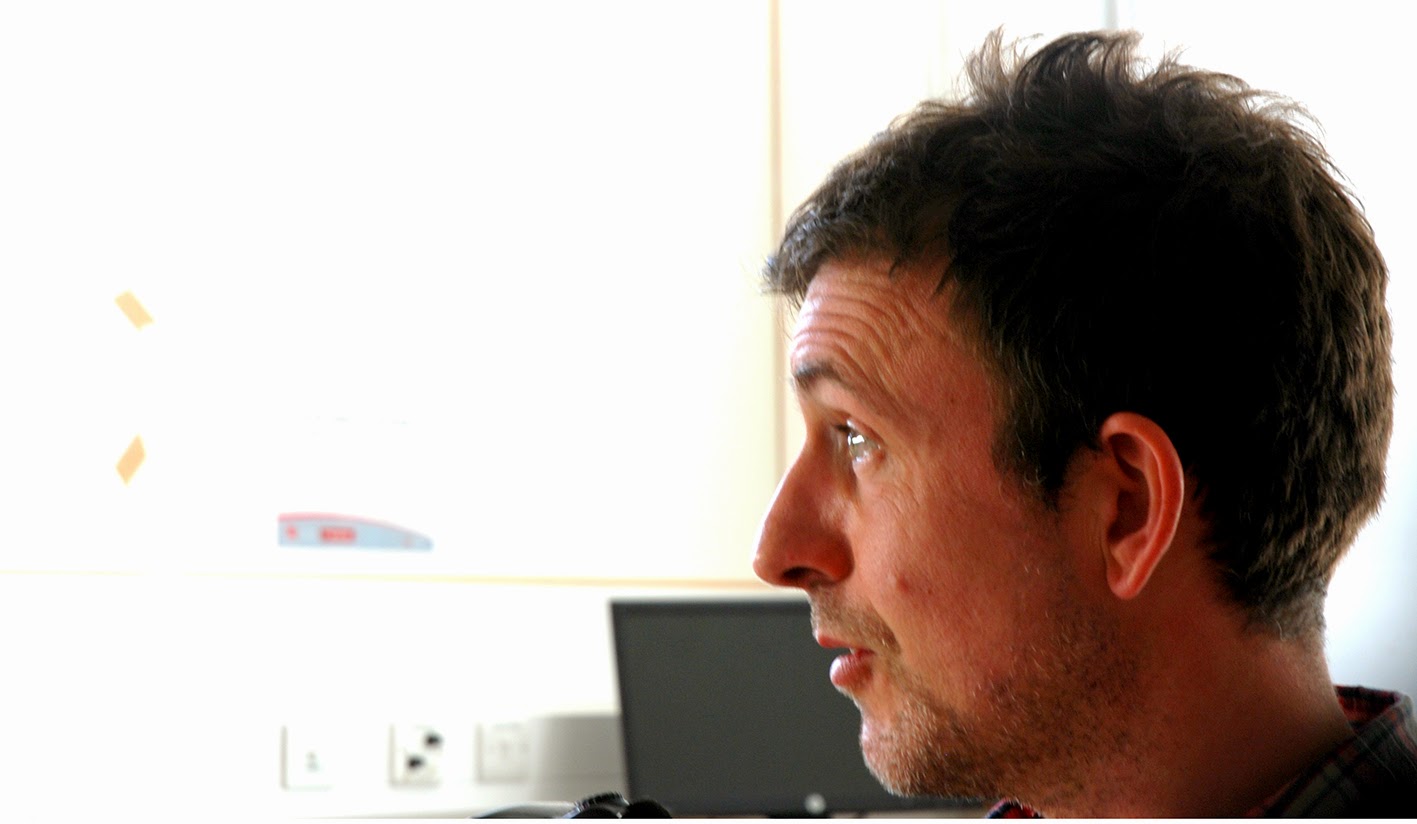My response to the lecture by Dr Shawn Sobers
(enthusiastic maker and facilitator)
 |
| Lecture slide illustrating "H. Powdermaker - objective/subjective self' |
In this lecture Shawn Sobers described his intellectual and creative journey with a seam of philosophical and auto ethnographical examples to reinforce this ideation. His research practice was informed and coloured by a direct personal response and reaction to his own experience and cultural heritage. Shawn identified with the work of Hortense Powdermaker (who included her own narrative in anthropological studies- see Stranger and Friend: the way of an anthropologist).
In my opinion, his ideological and auto-ethnographic approach, illustrating his career path, using emotive moving and still imagery and his referencing of the work of Augusto Boal (Theatre of the Oppressed) and Paulo Freire (Pedagogy of the Oppressed) gave rise to the concept of 'Edutainment'.
https://www.youtube.com/watch?v=b7R8n7nIBc0
Footsteps of the Emperor, 1999 - Shawn Sobers
http://vimeo.com/94698909
Here he uses the tools of an artist, filmmaker and photographer to allow an eclectic range of multi-disciplines (visual, aural, tactile) to critically educate but also 'liberate' the student.
Shawn is clear in that he advocates an education where the student is empowered not passive - allowing a 'Dialogic Pedagogy' which is described by Freire (Pedagogy of the Oppressed -page 52).
Finally remembering that truths aren't fixed - all theories are adjusted or constructed around 'the socially constructive nature of knowledge production'. Perhaps this is where the theme of a 'cautious' Anthropologist comes in. Where each of us choose to draw the line of our own identities is subjective and the idea that 'nothing matters', but in reality 'everything matters'.
Post Traumatic Slave Syndrome Shawn Sobers 2014
Jack and Delia Joseph T. Zealy / Louis Agassiz South Carolina, 1850
We are constantly reviewing and re-evaluating our practice because as Shawn said of these productive failures (during the course of the lecture) , 'any project involving the concept of humanity gives one an awareness of motivation and human values allowing you to work at the core of yourself'.
Shawn Sober's lecture compliments but also resonates with the first lecture in this module given by Alex Franklin. I think when one attempt's to project meaning onto images and text, 'subjectivity' rather than 'objectivity' is the thread binding these lectures together, hence 'working at the core of yourself'. How can one distance oneself from a subject, dispassionately, when the subject means so much? How do we fit in?
I said before We are human not machine.. for me Empathy over Ethnography every time.
Empathy is about standing in someone else's shoes, feeling with his or her heart, seeing with his or her eyes. Not only is empathy hard to outsource and automate, but it makes the world a better place'.
Daniel H. Pink (from his book 'DRIVE') http://agilescout.com/book-drive-daniel-h-pink-quotes/
References
Pedagogy of the Oppressed (Paulo Freire)
Arlene Goldbard on writing the history of community based practice – (New Creative Community)
Stranger and Friend - the way of an Anthropologist (Hortense Powdermaker)








